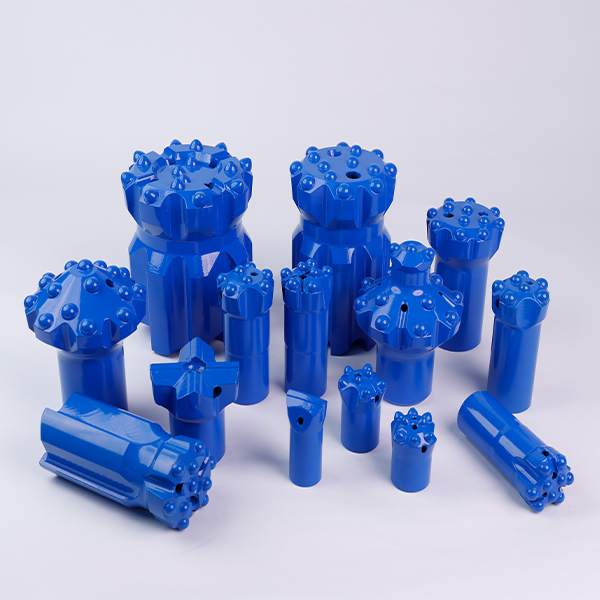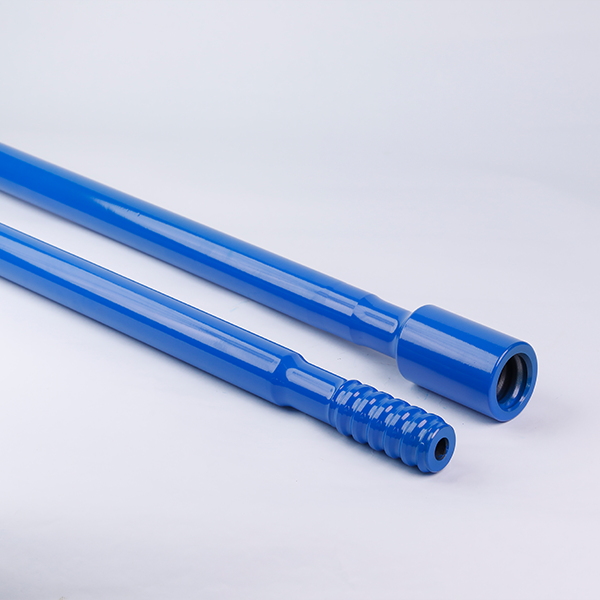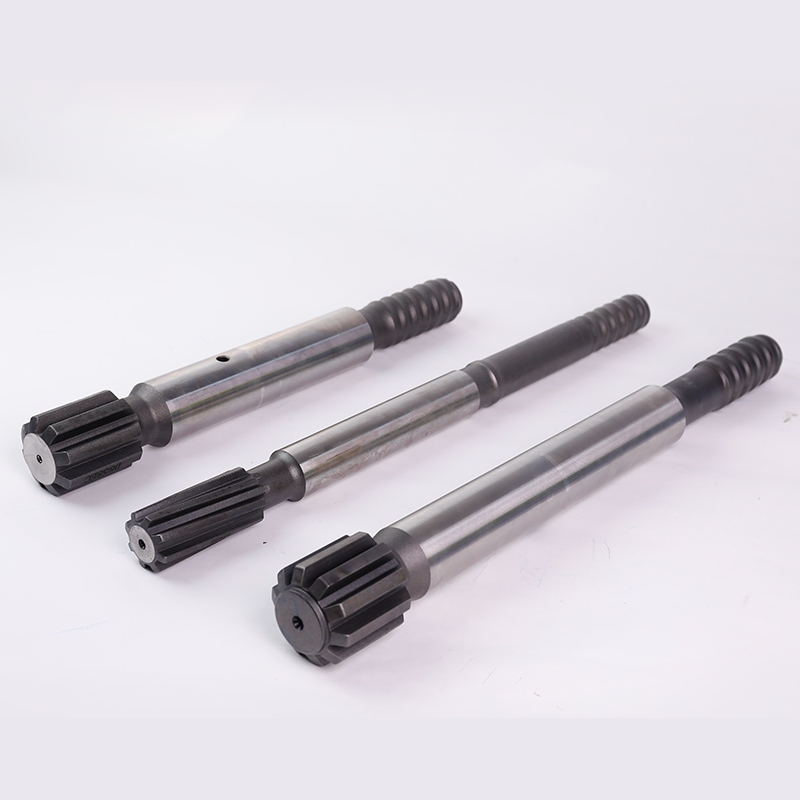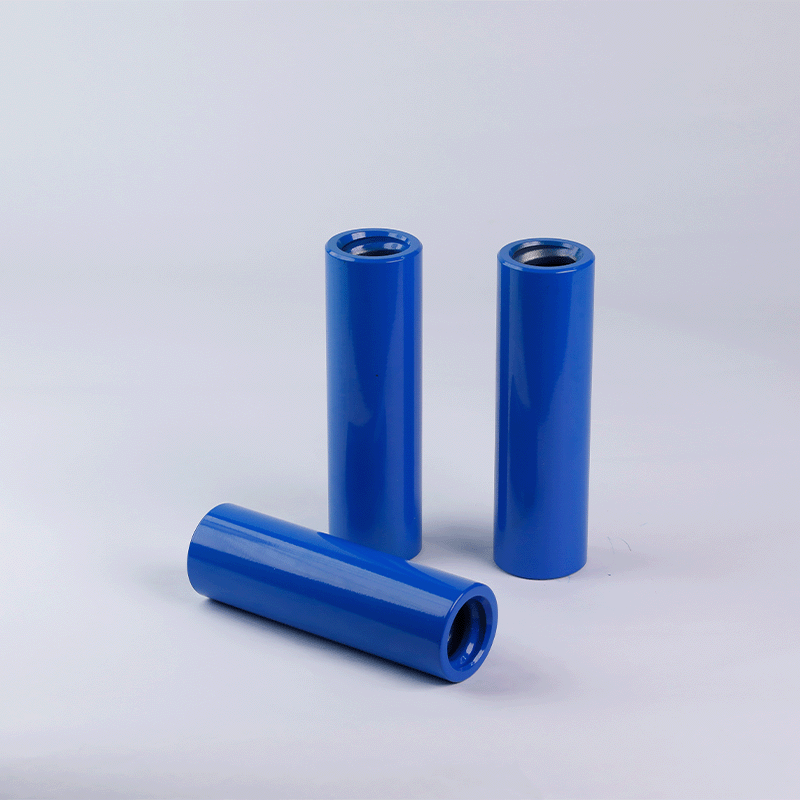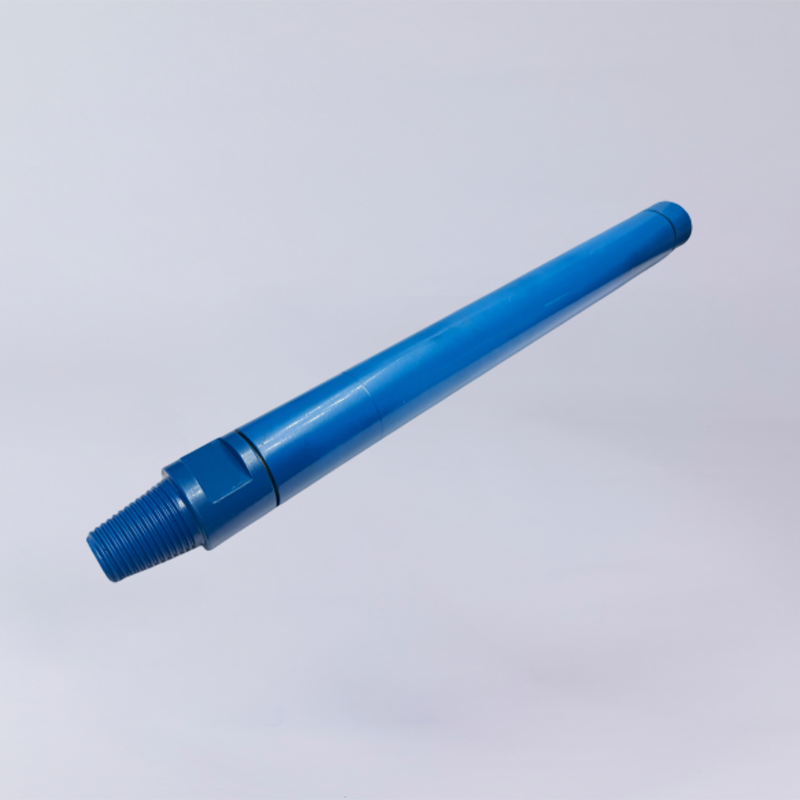Introduction
In the mining industry, cemented carbide has become the go-to material for high-performance rock drilling and cutting tools. Known for its exceptional hardness, toughness, and wear resistance, cemented carbide plays a vital role in maximizing operational efficiency and reducing downtime in demanding geological environments.
Used in rock drill bits and cutting tools, mining-grade cemented carbide significantly extends tool service life and maintains performance even when subjected to high-impact loads, abrasive rock, and extreme temperatures. Its unique composition and structure allow mining operations to achieve faster penetration rates, lower maintenance frequency, and greater overall productivity.
This article explores the composition, microstructure, and key mechanical properties of mining cemented carbide, helping you understand why it's an indispensable material for modern mining applications.
Chemical Composition of Mining Cemented Carbide
The outstanding performance of cemented carbide in mining applications is largely attributed to its carefully engineered chemical composition. By adjusting the proportion and structure of key components, manufacturers can tailor carbide grades to withstand specific geological challenges such as abrasion, impact, and heat.
Main Components
- Tungsten Carbide (WC)
The primary component of mining cemented carbide, tungsten carbide, is an extremely hard material. It provides the alloy with its exceptional hardness and abrasion resistance, making it ideal for cutting and drilling through hard, abrasive rock formations.
- Cobalt (Co)
Cobalt acts as a metallic binder, holding the tungsten carbide particles together. It enhances toughness, improves impact resistance, and gives the material its ability to absorb shock loads during percussive drilling or crushing operations.
Optional Additives
Titanium Carbide (TiC) and Tantalum Carbide (TaC)
These carbides are often added to improve corrosion resistance, thermal stability, and resistance to chemical wear. This is especially valuable in deep drilling, high-temperature zones, or acidic environments where standard WC-Co compositions may degrade more quickly.
Grain Growth Inhibitors
Trace elements such as vanadium (V) or chromium (Cr) may be introduced to prevent abnormal grain growth during sintering. These inhibitors help maintain fine microstructures, which contribute to improved mechanical strength, surface finish, and tool service life.
Typical Composition Ranges
- Tungsten Carbide (WC): 85–94%
- Cobalt (Co): 6–15%
- Additives (TiC, TaC, inhibitors): ≤3% (varies by grade)
The composition of cemented carbide for mining mainly depends on the grade design. After completing the grade design, the fluctuation of Co content is related to the powder weighing accuracy and sintering process. The factors affecting the C content of cemented carbides are much more complicated, which is the focus and difficulty of the quality control of cemented carbide production.
Factors That Influence Carbon Content Variations in Cemented Carbide
The carbon content in cemented carbide plays a critical role in determining its phase stability and mechanical performance. However, maintaining a consistent carbon level during production can be challenging due to multiple influencing factors:
1. Inaccurate WC Powder Carbon Testing
Deviations often begin at the raw material stage. If the carbon content of the tungsten carbide (WC) powder is not accurately measured or controlled, it can lead to inconsistencies in the final product.
2. Oxygen Fluctuations in the Mixed Powder
Oxygen content in the mixture can vary significantly, influenced by:
- The oxygen levels in the raw WC and cobalt powders
- Storage methods and environmental conditions (e.g., humidity, exposure time)
- Milling processes, including media type and milling duration
- Drying techniques and the storage time of green compacts before sintering
3. Sintering Process Variables
The sintering stage has a direct impact on the final carbon content. Factors include:
- Sintering method (e.g., vacuum, HIP)
- Degreasing process quality and consistency
- Use and control of a carbon-rich atmosphere (positive carbon method)
- Vacuum level and overall furnace atmosphere stability
Effective control over these variables is essential to prevent carbon deficiency or excess, both of which can lead to undesirable phases (e.g., eta phase, free graphite) that compromise hardness, toughness, and structural integrity.
Microstructural Characteristics of Mining Cemented Carbide
Mining cemented carbide is a two-phase composite material composed of tungsten carbide (WC) grains embedded in a cobalt (Co) binder matrix. Its mechanical performance is highly dependent on several microstructural parameters, including:
Average WC Grain Size
This is a key indicator of mechanical behavior. At a fixed cobalt content, finer WC grains increase hardness but reduce fracture toughness. Conversely, coarser grains enhance toughness but reduce wear resistance.
Co Binder Phase Distribution
The uniformity and average spacing of the cobalt phase affect how well the carbide can absorb stress. Uneven distribution may cause weak points, reducing the material’s resistance to cracking and fatigue.
WC Grain Adjacency and Packing
The way WC grains are packed and interact with one another affects load transfer and crack propagation resistance.
Grain Size Distribution: Uniform vs. Non-uniform Structures
Uniform grain structures (with a normal distribution) offer consistent hardness and are easier to control in production.
Non-uniform grain structures may include bimodal distributions, where both fine and coarse grains are present. Some research indicates that such structures can offer superior wear and fracture resistance, provided that large coarse grains are avoided. Poor process control, however, may lead to oversized grains, decreasing toughness, and increasing the likelihood of catastrophic failure.
Maintaining precise control over microstructure—through raw material quality, milling techniques, and sintering profiles—is essential to producing mining-grade carbide that performs reliably in extreme operating conditions.
Performance Characteristics in Mining Applications
Mining cemented carbide is engineered to perform under some of the most demanding operating conditions, where high impact, extreme abrasion, and thermal stress are routine. Its unique combination of hardness, toughness, and thermal stability makes it a critical material for mining tools such as rock drill bits, cutting picks, and crushing components.
1. High Wear Resistance in Abrasive Rock Formations
Cemented carbide’s extreme hardness allows it to withstand continuous contact with abrasive materials like granite, basalt, or quartz-rich ores. This significantly reduces material loss during drilling or excavation, ensuring a longer tool lifespan even in harsh environments.
2. Excellent Impact Resistance for Percussive and Crushing Tools
In applications such as down-the-hole (DTH) drilling or rotary percussion drilling, tools are exposed to repeated shock and vibration. Carbide grades used in these tools offer superior fracture toughness to resist chipping and breakage under high-impact loading, especially in fractured or hard rock formations.
3. Stable Performance in Deep or High-Temperature Environments
Mining operations often involve deep drilling or continuous high-load cycles, both of which can generate significant heat. Mining-grade cemented carbide maintains structural integrity and mechanical properties at elevated temperatures, ensuring reliable performance and dimensional stability.
4. Extended Tool Service Life and Lower Replacement Frequency
By resisting both wear and fracture, cemented carbide tools require fewer replacements and less frequent maintenance. This translates into:
- Reduced tool change downtime
- Lower overall tooling costs
- Increased operational efficiency
Conclusion
Cemented carbide’s exceptional performance in the mining industry is no coincidence—it's the result of a precisely engineered composition and microstructure that balances hardness, toughness, and thermal stability. These properties are crucial for withstanding the abrasive, high-impact, and high-temperature conditions commonly found in drilling, cutting, and crushing operations.
To maximize productivity and minimize tool wear or failure, it’s essential to select the right grade of mining cemented carbide based on specific geological conditions and operational requirements. Factors such as rock hardness, drilling method, and equipment impact energy should guide your carbide selection.

